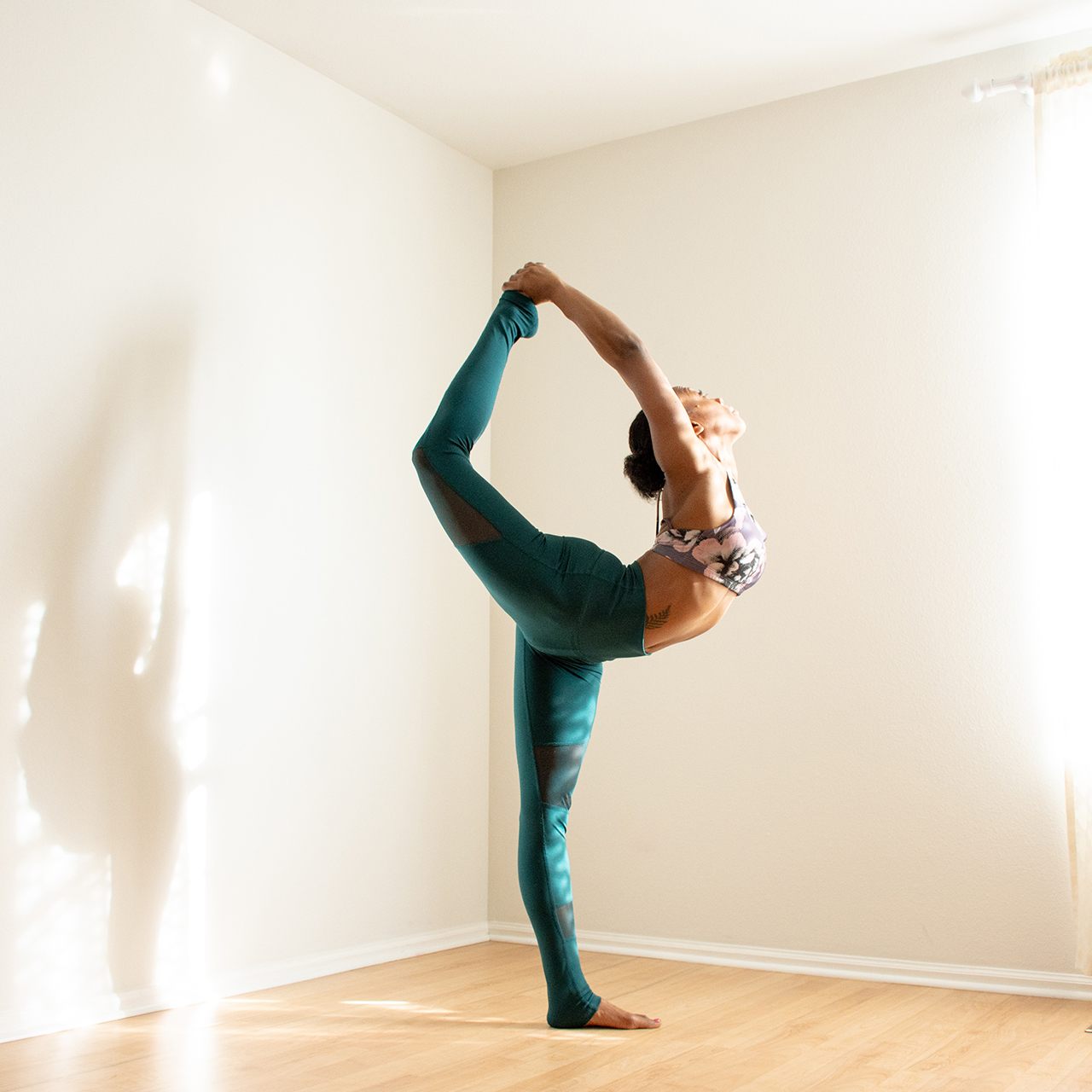
Flexibility and mobility are two of the most important components of training. Without proper development of either, you run the risk of injury, as well as not being able to fully maximize your body’s potential when it comes to exercising. Though both flexibility and mobility are vital to your body’s optimization. They are often used interchangeably which may hinder one’s physical capabilities.
What is flexibility?
Type in flexibility on Google and you will surely find an infinite number of definitions. Some utilizing the same verbiage, but a lot providing distinct meanings. To sum flexibility up, it is simply your muscles’ ability to passively move through a range of motion. This kind of movement is usually what you see gym-goers around the world doing when they’re sitting on the floor stretching and just holding a position (passive stretching prior to training should be avoided as it decreases force production and increases injury risk). Although this form of stretching is important for the pliability of your muscles and aids in mobility, having a narrow-focused (neglecting mobility) on this form of a range of motion work may cause injury if done incorrectly.
Hot Tip for Flexibility Work:
- Perform your passive stretching after your workout session is completed in order to loosen up the muscles after they’ve stiffened up during training.
What is mobility?
Check Instagram out today and you’ll be sure to find tons of fitness gurus performing mobility exercises and advocating for their followers to follow suit. Mobility work has come into the larger fitness audience in recent times and that is a great thing. Mobility is very much an umbrella term for everything that goes into your body’s range of motion. Mainly, mobility is your body’s ability to actively move your joints through not only your endpoint range of motion but through a host of motions. You can see an example of this kind of training as runners warm up by performing gate swings or hip openers prior to running.
Mobility also takes into account motor control. This is your ability to actively control the coordination of your muscles and limbs to perform a movement. If your body has mobility limitations, your central nervous system will restrict your movement to reduce the risk of injury.
Hot Tip for Mobility Work:
- Perform an active range of motion movement prior to your exercise session. This will lubricate your joints and prime your muscles with adequate blood flow needed for exercising.
Flexibility and Mobility’s Importance to Training Injury Free
Flexibility and mobility work hand-in-hand. When there’s a limitation in flexibility, the body’s mobility is usually restricted in its capabilities. Having efficient flexibility allows for the body to be more mobile. When you restrict mobility, movement is inefficient. When someone’s movement patterns aren’t proper, they tend to force their way into end ranges of motion that their body cannot handle resulting in injury or overcompensation by other muscles/joints leading to bodily imbalances.
In order to train injury-free and have longevity in your training lifespan, I suggest putting mobility and flexibility at the forefront of your routines. As you build up flexibility and discover new ranges of motions use mobility to anchor it into your system. How do you do that?
- Use flexibility training to passively stretch out tight muscles
- Use mobility training to actively supply the joints with synovial fluid; warm the muscles with blood, and ease into new ranges of motion
- Also, use strength training to anchor in your new-found ranges of motion
- Use adjunct mobility tools, such as the foam roller, to supplement your movement routines
- Avoid the principle of reversibility – use your mobility or lose it!



